Branch Capture
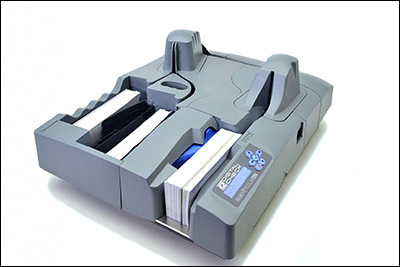
Branch capture is the process of scanning all the checks received at a bank branch for electronic clearing. This is often done by collecting all checks received in a single large batch at the end of the day, or sometimes in separate batches at fixed points throughout the day. It should not be confused with […]
Control Totals (bank deposits)
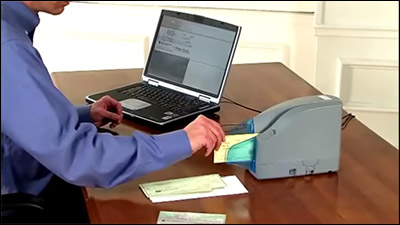
Control totals is an accounting term used for confirming key data such as the number of records and total value of records in an operation. An example of control totals in banking might be when an employee scans a batch of checks, and is first instructed to input the total number of checks in the […]
Double-feed (Piggyback check)
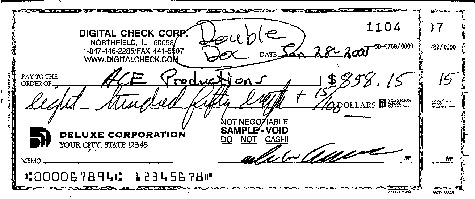
A double-feed, sometimes informally called a piggyback, occurs in check scanning when more than one check at a time is pulled into the paper path. The result is that one check is partially or totally covered up by the document overlapping it during the scan process. Double-feeds can cause serious problems if they make it […]
Can’t-Read (MICR)
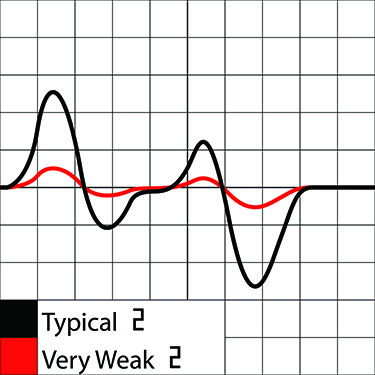
A can’t-read is a term that refers to a MICR character that is unreadable when scanned, and produces an error. This is not to be confused with a misread, which happens when one character is substituted for a different character. MICR can’t-read errors may occur for a variety of reasons — one of the most […]
Misread (MICR substitution)
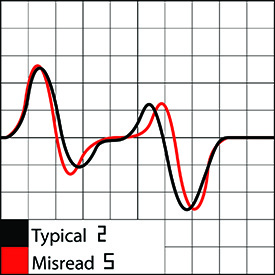
A MICR misread, also called a MICR substitution, is when one character in the magnetic ink on a check is mistaken for another during the scanning process. Not to be confused with a can’t-read, which is when the correct character can’t be determined at all. Misreads are considered to be among the more “dangerous” errors […]
Single-feed (scanner)
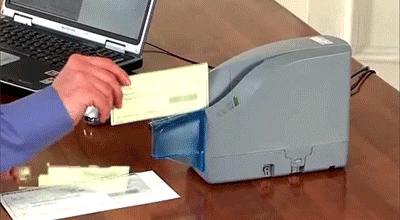
A single-feed scanner is a device that accepts only one document at a time. The operator must insert the next item manually once the scanner finishes with the previous one. In contrast, other scanners can be loaded with a stack of many items at once, which are then scanned automatically – these may be called […]
Exit Pocket (check scanner)
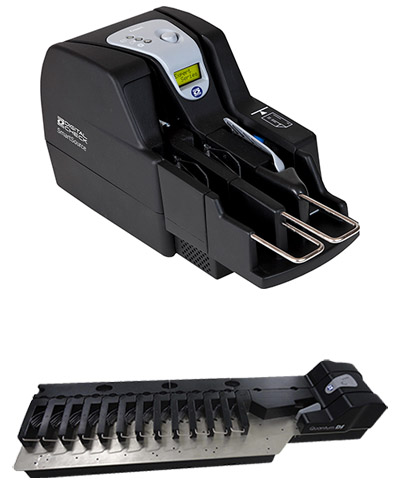
Exit pockets are the collecting slots or trays that “catch” checks as they leave the feed path after scanning.The most common setup for check scanners is to have a single exit pocket that collects all scanned checks. Some single-feed scanners have no exit pocket, as they only scan one item at a time, fed by […]
PDF417 – 2D Barcode Format
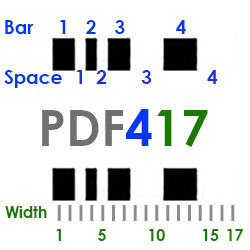
The diagram at left shows the relationship of an individual codeword to a PDF417 barcode as a whole. The diagram at right shows a single codeword broken down into its 4 bars and 4 spaces, as well as its 17 units of width — the reason behind the “417” in the name. It is possible […]
E13B (font)
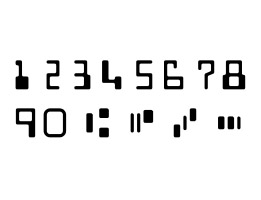
E13B is one of the two major Magnetic Ink Character Recognition (MICR) fonts used in the printing of checks and other payment documents. E13B is popular in North America and much of Asia, while the other main MICR font, CMC7, is the standard in most of Europe and South America. The E13B font, pictured at […]
What is a Discriminator Roller?
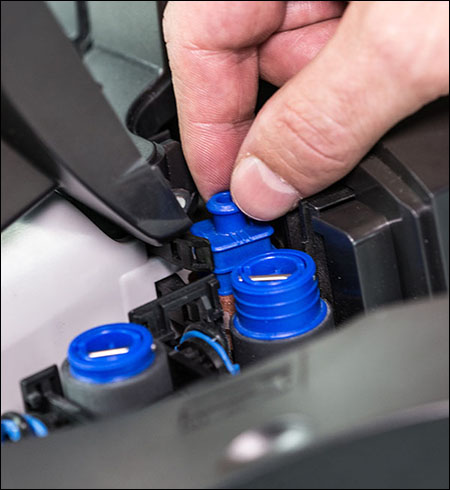
The discriminator roller is an important part of a check scanner’s feed mechanism. It is located opposite the motorized feed rollers, and its job is to provide the right amount of pressure so that only one piece of paper at a time can be separated from the stack of checks in the feeder, and pulled […]
CMC7 (font)
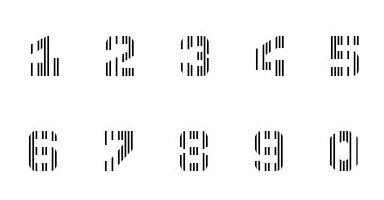
CMC7 is one of two major Magnetic Ink Character Recognition (MICR) fonts used in the printing of checks and other payment documents. CMC7 is popular in Europe and South America, while the other main MICR font, E13B, is the standard in North America and much of Asia. As you can see in the image at […]
Digital Check Corp. Privacy Notice for California Employees
Effective Date: January 1, 2020 Last Reviewed on: January 1, 2020 This California Employee Privacy Notice applies solely to California-based employees, job applicants, contractors or similar individuals (collectively, “employees”). We adopt this notice to comply with the California Consumer Privacy Act of 2018 (CCPA) and any terms defined in the CCPA have the same meanings […]


